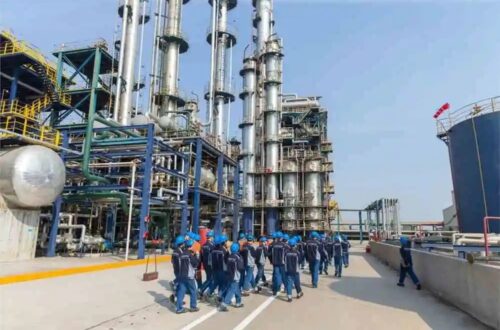Facial Tissue Paper Machine: A Comprehensive Guide to Manufacturing and Optimization
Facial Tissue Paper Machine: A Comprehensive Guide to Manufacturing and Optimization
The production of facial tissues relies on specialized machinery designed for efficiency and precision. Modern facial tissue paper machine systems integrate advanced automation to ensure consistent quality and high output. This guide explores the manufacturing process and optimization techniques essential for maximizing productivity.
Core Components and Operational Workflow
A standard facial tissue paper machine includes unwinding units, embossing systems, folding mechanisms, and packaging modules. The process begins with raw material unwinding, followed by multi-layer bonding and precision cutting. Automated quality checks ensure each tissue meets hygiene and softness standards.
Performance Optimization Strategies
Regular maintenance of suction rolls and drying chambers significantly reduces downtime. Implementing IoT sensors for real-time monitoring helps detect anomalies early, while energy-efficient motors cut operational costs. Optimizing adhesive usage in the rewinding phase can further enhance production speed.
Frequently Asked Questions
What is the average production capacity of a facial tissue machine?
Industrial-grade machines typically produce 200-500 packs per minute, depending on the model and tissue ply configuration.
How to maintain tissue softness during high-speed manufacturing?
Advanced humidity control systems and customized embossing patterns help preserve fiber integrity even at maximum throughput.
Upgrade Your Production Line Today
Ready to enhance your tissue manufacturing capabilities? Our engineers can provide customized solutions for your production needs. Contact us for a free consultation on machine optimization and efficiency improvements.


